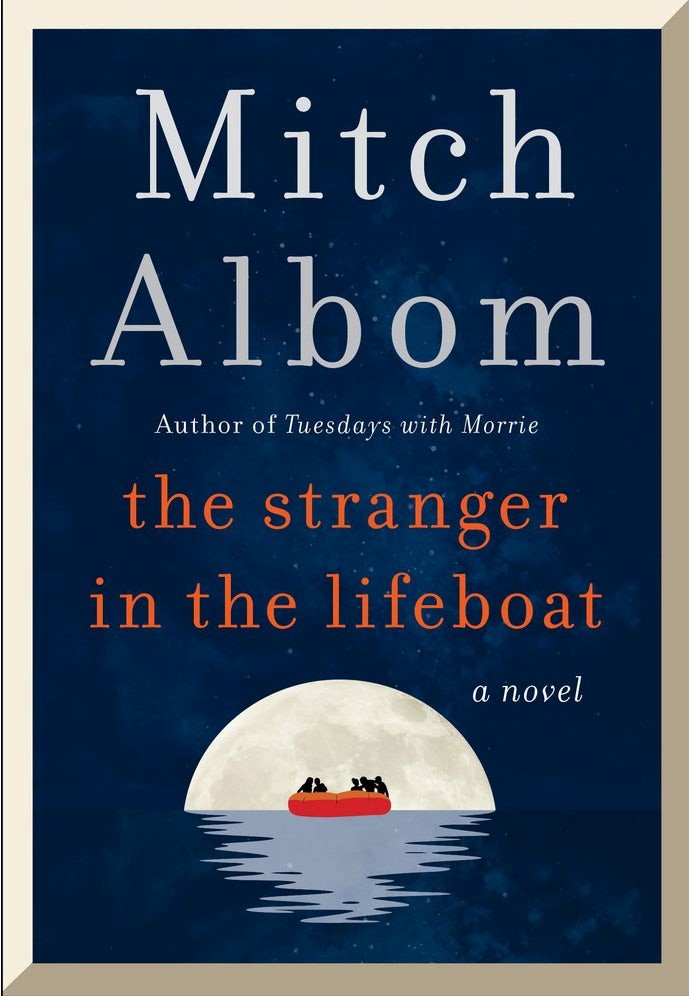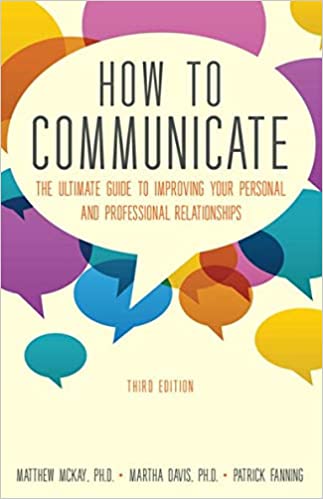
The Stranger in the Lifeboat is an interesting work of fiction and a pretty easy read. The story is mostly set in the present day with flashbacks to different points in the main character’s life. For most of the book, the main character, Benji, is adrift on a lifeboat released from a sinking mega yacht that was loaded with leaders of industry and famous artists, actors, and politicians. The yacht was on the final day of a week-long cruise intended on having the greatest minds meet and come up with world-changing ideas. The raft contains both the elite former passengers of the ship as well as some of the staff. Benji is one of the staff. Shortly into their time adrift, the lifeboat picks up a passenger from the sea who does not appear to be from the sunken yacht. This passenger claims to be the Lord.
As time on the raft passes, the passengers have differing views on the Lord. Some see him with disdain. If he is the almighty, why does he let us suffer so? Others are grateful that he provides a short rainstorm as they run low on water. Some see him as delusional and others see him as a con-man, but no one can explain how he arrived on their raft. After drifting a short time, they also find a small, silent girl, Anna, and the owner of the mega-yacht Jason Lambert. At one time, there are as many as ten people on the life raft. As time passes, they begin to succumb to different ends. When there are just four remaining, Jason Lambert loses his mind, slashes the Lord’s throat, tosses Anna overboard, and attempts to kill Benji. Benji manages to eject Lambert from the boat and retrieve little Anna, who suddenly begins to speak, “I am the Lord.” Benji spends his remaining days on the raft with no one else.
Later it is revealed that Benji had intended to blow up the boat and its passengers with a limpet mine. He never actually set off the device, but he did bring it on board, so he assumed it had inadvertently triggered and caused the yacht’s sinking. Anna, as the Lord, later reveals to Benji that the mine was not to blame and he can relieve himself of the guilt he was feeling.
The idea behind this story is fabulous, and the book is good, but it is not great. A couple of things turned me off right away. The yacht is filled with leaders of industry, including someone purported to be the inventor of the first electric car. Presumably this is supposed to be an Elon Musk type character, but Elon Musk did not invent the electric car. He is simply the first person to successfully bring it to market. The first electric car predates this novel by more than 100 years. A simple Google search would have revealed this. The yacht is also said to be made of fiberglass. The limpet mine is described in the book as a naval mine that attaches to a ship magnetically. How was a limpet mine supposed to adhere to a fiberglass boat? It turns out the boat was sunk by angry whales who rammed holes in the thin fiberglass hull. These holes allowed water into the engine room which then caused an explosion. I kind of doubt water in an engine room has ever caused a yacht to explode. Mitch Albom is good at telling a story, but he really needs to be mindful of history and physics when he does so. If this is going to be made into a movie, I hope they correct these portions of the story in some way, because it was too much for me to look past.

